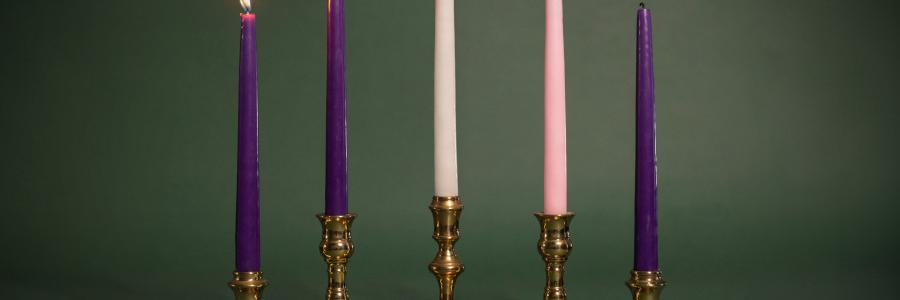The First Hymn: Resurrected third-century praise song set for pre-Easter release
Body
“What was left of the hymn, archeologists found 100 years ago in ancient Egyptian ruins on a scrap of tattered papyrus, long buried by desert sand. The discovery was sealed in a climate-controlled vault at Oxford University until John Dickson came along.” - Baptist Press



Discussion